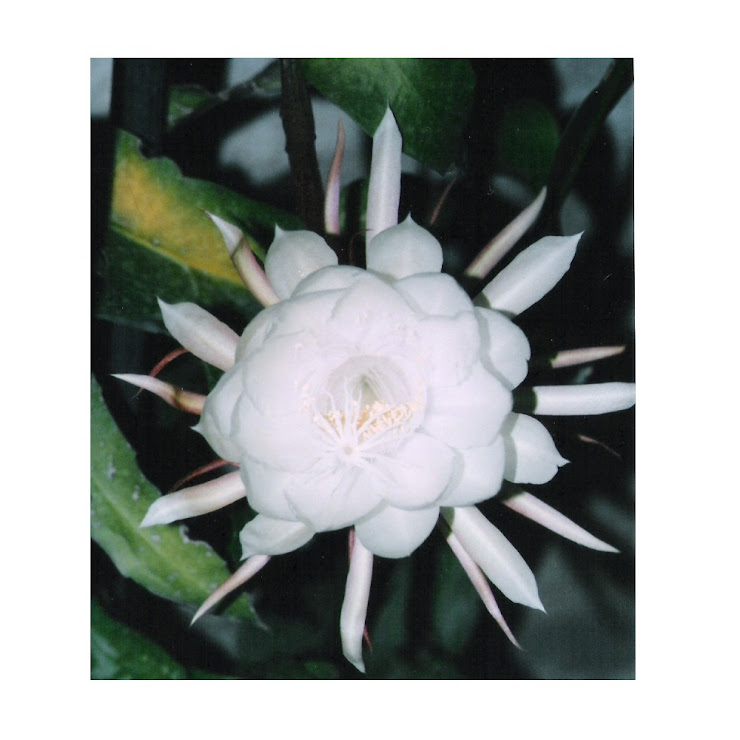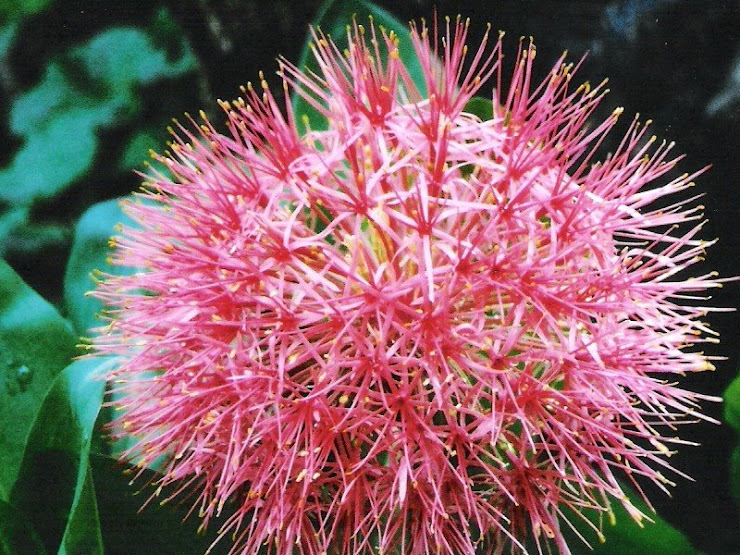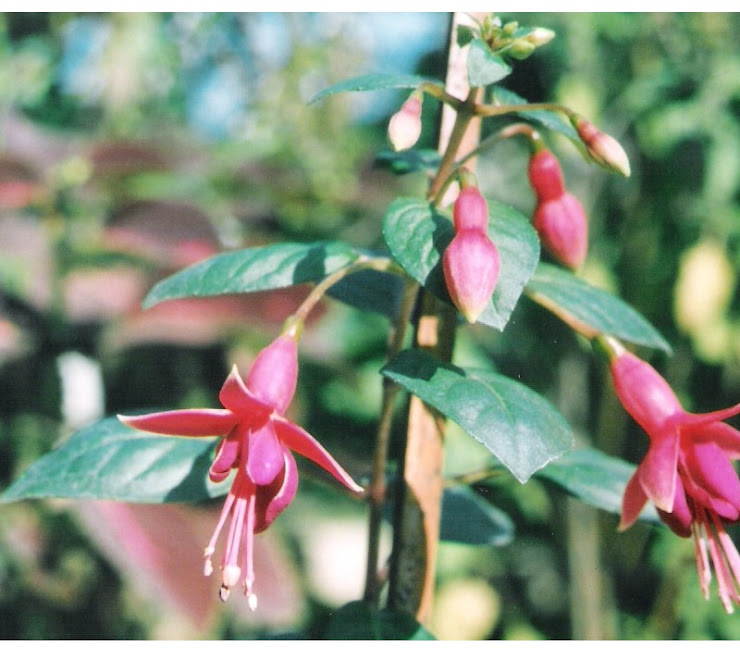Periodic maintenance is essential for any garden.Here are some basic tips for keeping your garden healthy and vigorous.
Pinch the blooms as they fade to promote plant growth, and in some cases re-blooming. On some mounded perennials, (like chrysanthemums), shearing once or twice in the weeks before blooming will encourage denser growth and more profuse blooms.
Keep the area around plants free from litter and debris as this environment can harbor various insects and pathogens, which can harm your plants.
Tall plants such as, Lilies, foxglove, African marigold, etc. are naturally top-heavy. Often, staking is required to keep them from falling over. In areas where you may have a large grouping of such plants, small branches propped up in the early Spring above where these plants are growing, will provide support as the plants grow taller and lean against them. These branches which will be hidden from view by foliage as the season progresses.
Keep a thick layer of mulch around your plants to control weeds and help retain moisture. Buy mulch by the cubic metre whenever possible. Buying in bulk gives you more quantity.
Weed your garden regularly as weeds compete with plants for moisture and growing space. In addition to being unsightly, weeds can also inhibit proper root development of your garden plants causing stunted growth, leggy stems and poor blooms.
Most perennials need to be divided periodically, usually every 3 to 5 years or so. This is best done in the Spring or Fall, (some plants do have a preference), and it is necessary to help in controlling the size of your garden as well as providing you with a source of new, (and free), plants. Division methods vary between types of plants so if you're not sure as to how it's done, just pull out those plant books or pick up the phone and call your local garden center.Also Remember
Prune your woody plants for size, shape, and health. Prune crossing stems, dead or damaged stems and pinch back spent blooms.
Prune deciduous trees when dormant.
Shrubs and trees that produce flowers on the current years' growth should be pruned in the early spring. Shrubs and trees that produce flowers on last years' growth should be pruned in the summer. When pruning, never remove more than one-third of the total plant mass at any one time, that goes for cutting your grass, too!
Evergreens rarely need pruning other than for desired shape and to remove damaged or diseased branches.
When applying fertilizers for trees and shrubs, place it at the "drip edge" or under the perimeter of the branches, rather than at the base of the stem.
When applying fertilizers to lawns, be sure to overlap each pass slightly to prevent "striping", and water-in the fertilizer as soon as possible afterwards.
Vary the pattern of your mowing to prevent "rutting" or "tracking".
If you have a Maintenance or Landscape company caring for your garden, please remember to notify these services, as soon as possible, if you should notice a problem with your garden plants. Fast action can often save a plant from winding up in the compost pile.
WHAT TO FERTILIZE:Perennials and Annuals :These plants can be fertilized throughout the growing season. A balanced fertilizer such as a 10-10-10 is usually a good choice. Certain types of plants require specialized fertilizers (roses, bulbs, etc.), with N,P,K percentages blended especially for them, as well as including other nutrients to accommodate any special nutritional requirements.It would easily become a second career if we listed each of these plants and their nutritional needs so check with your local nursery or Extension Service to find out what their specific requirements are, or look them up in reference books. If you apply fertilizer prior to bloom time for a particular plant, it is wise to use a fertilizer with more Phosphorous and Potassium, (6-10-10, for example), as this will promote better and longer blooms.
Trees:Trees and shrubs should be fertilized twice a year. Once in the early Spring and again in late June or early July. A 5-10-5 fertilizer is usually a good choice. In specific cases where the tree requires especially acidic or basic soil conditions, then use fertilizers which will help to promote this soil condition. Other soil amendments may be required to promote these conditions as well so a knowledge of what the trees' essential needs are will go a long way towards providing it with proper care.
In Northern climates, do not fertilize trees or other woody plants after the second week of JulyThese plants need several months for their stems to "harden off", or form a bark, before the winter. Late season fertilizing will promote longer duration of green growth which can be damaged by fall and winter frosts if not given enough time to harden
ROSES AND BULBOUS PLANTS
Roses: Roses are not as tricky to care for as you may have been led to believe. They do require a bit more vigilance than most other garden plants but they are not the specialized nightmare that many people think they are.Roses are gross feeders. (No, that doesn't mean they have poor table manners), but it does mean that they consume a prodigious amount of nutrients which must be replenished regularly. Even a well prepared rose bed will soon lose its ability to supply nutrition if it is not fertilized on a regular basis.Fertilize roses monthly with a balanced fertilizer such as; 6-6-4 and include trace elements (micronutrients).Guard against magnesium deficiencies with an occasional application of Epsom salts, ( a good source of magnesium).Water roses infrequently but thoroughly, and keep at least a 3 inch layer of mulch in the rose bed. Keep roses separated from other plants as they tend to prefer a place of their own. Keep rose beds airy and free from leaf litter and other debris.Cut back roses in late fall to about knee height or so, mound soil, (not from the rose bed), around base of plant to about 8-10 inches up the stem. Build a cylindrical chicken wire fence around each plant so that it exceeds the height of the stems by a few inches and fill to the top with shredded leaves or straw.
Bulbous Plants: Bulbs, Corms, Tubers, and Rhizomes are some of the easiest garden plants to cultivate. Most are planted in Fall and bloom in early Spring, but there are many types of bulbous plants which bloom at many different times of the year. Bulbous plants are relatively carefree and are not susceptible to many diseases.Fertilize during the growing season with high Potassium fertilizers to encourage strong blooms. When leafy plants such as Daffodils and Irises begin to die back, resist the urge to cut down their foliage before it turns completely brown as photosynthesis occurs until then and the plant needs to naturally finish this process of dieback in order to create enough food storage for next years growth.Also, do not braid or otherwise tie-up this foliage for ornamental purposes as this restricts the amount of leaf surface exposed to sunlight and thus inhibits the plants' ability to conduct photosynthesis.







No comments:
Post a Comment